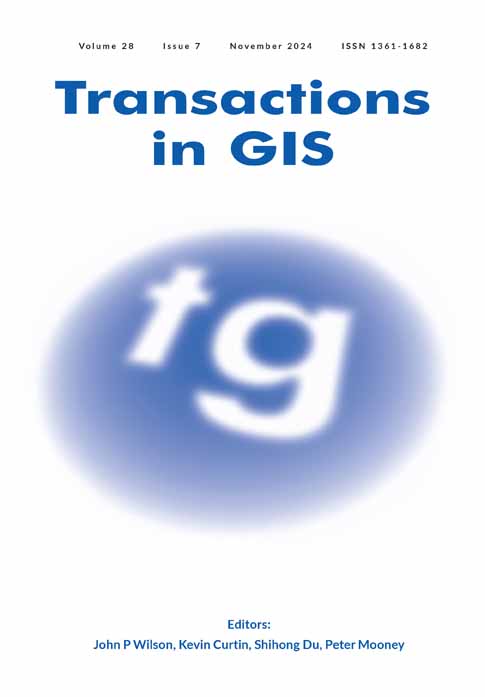Field-of-view modeling of hilly terrain based on physically based rendering of spatial–temporal variations within optical radiation
Abstract
The current research focus on visualizing terrain features emphasizes quantification and detailed simulation, without adequately considering the impact of spatial–temporal variations in the terrain on human cognition. However, advancements in visualization technology, such as efficient and rapid construction of large-scale three-dimensional (3D) terrain scenes, real-time dynamic display, and free-roaming from any viewpoint, currently provide ample technical support for visualizing spatial–temporal information. Therefore, this article proposes a 3D terrain viewing model that considers the spatial–temporal changes in light intensity and incident direction in a terrain scene, based on the principles of radiometry and computer graphics theory and supported by the physically based rendering techniques. This model aims to accurately represent the subtle variations in real-world terrain surfaces and highlight the key elements of hill terrain. Theoretically, this model provides a foundation for the virtual reconstruction of real-world terrain.
CONFLICT OF INTEREST STATEMENT
The authors declare that they have no known competing financial interests or personal relationships that could have appeared to influence the work reported in this paper.
Open Research
DATA AVAILABILITY STATEMENT
Data are available on request from the authors.




